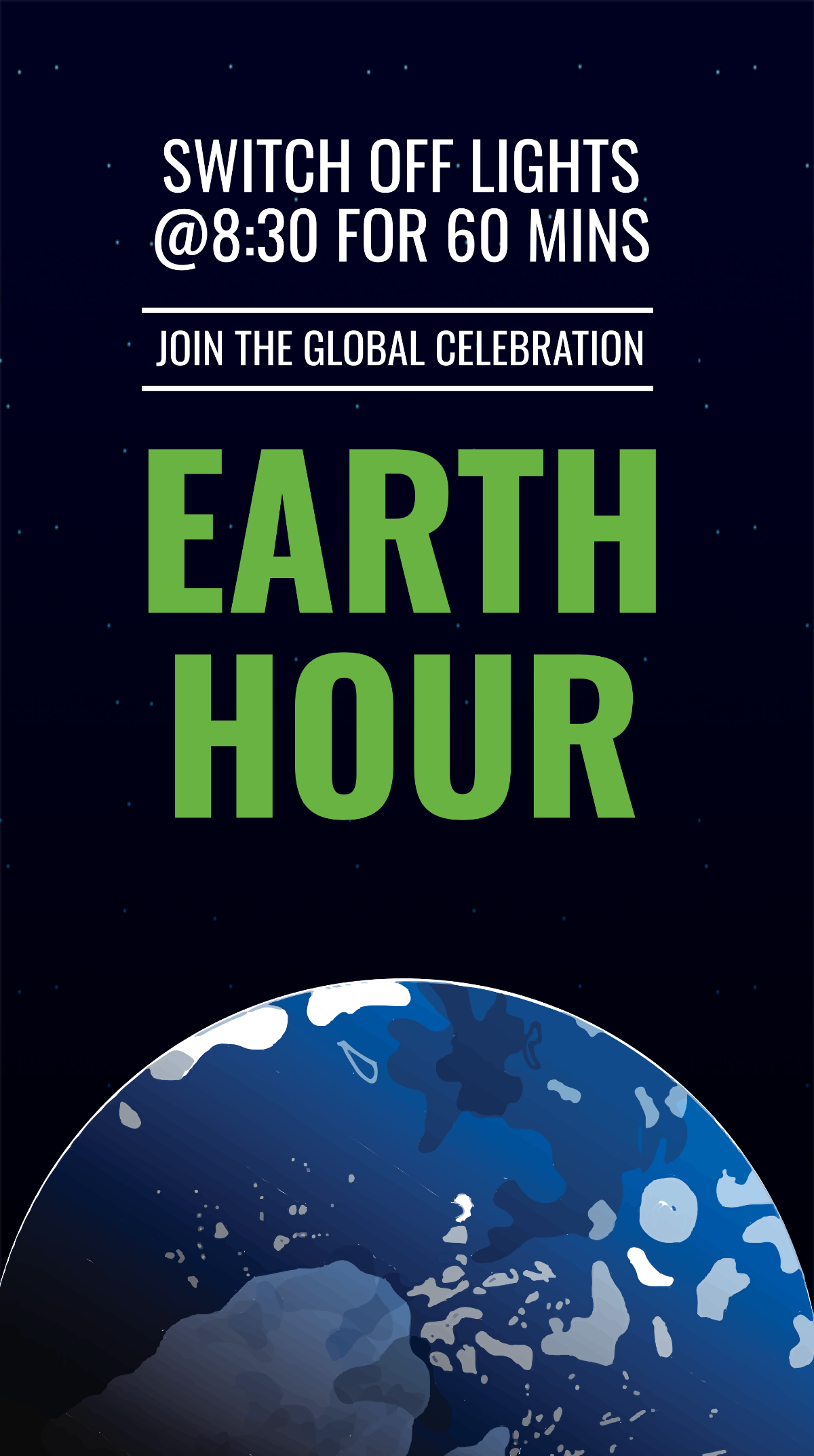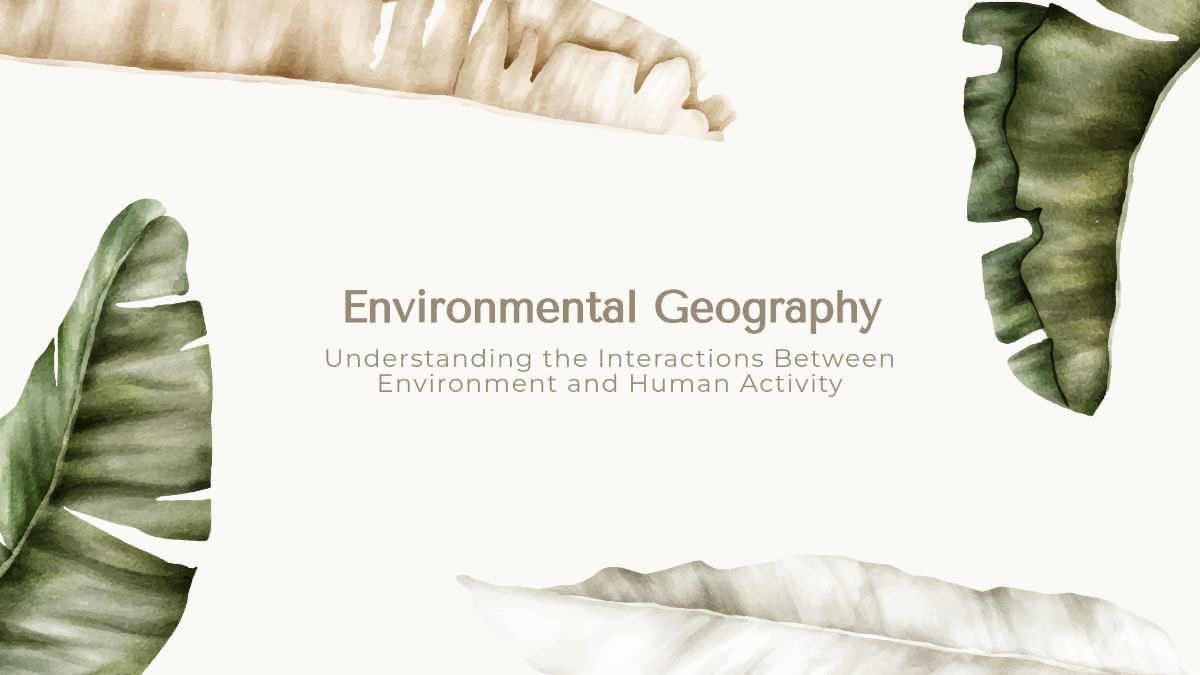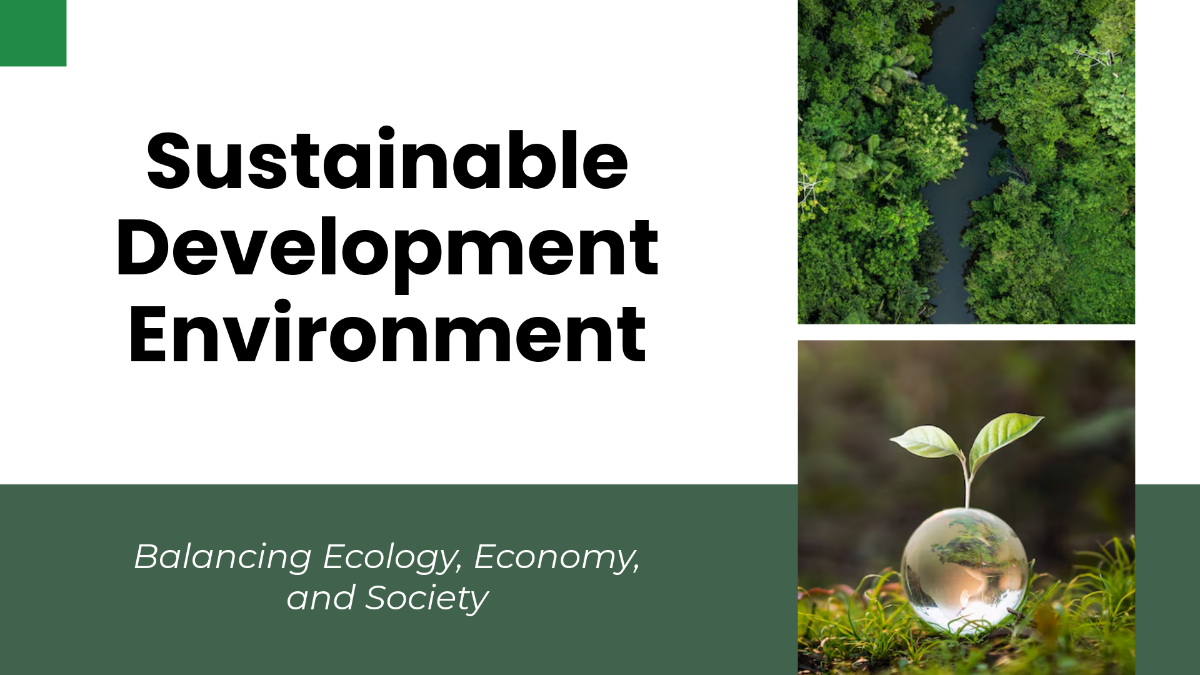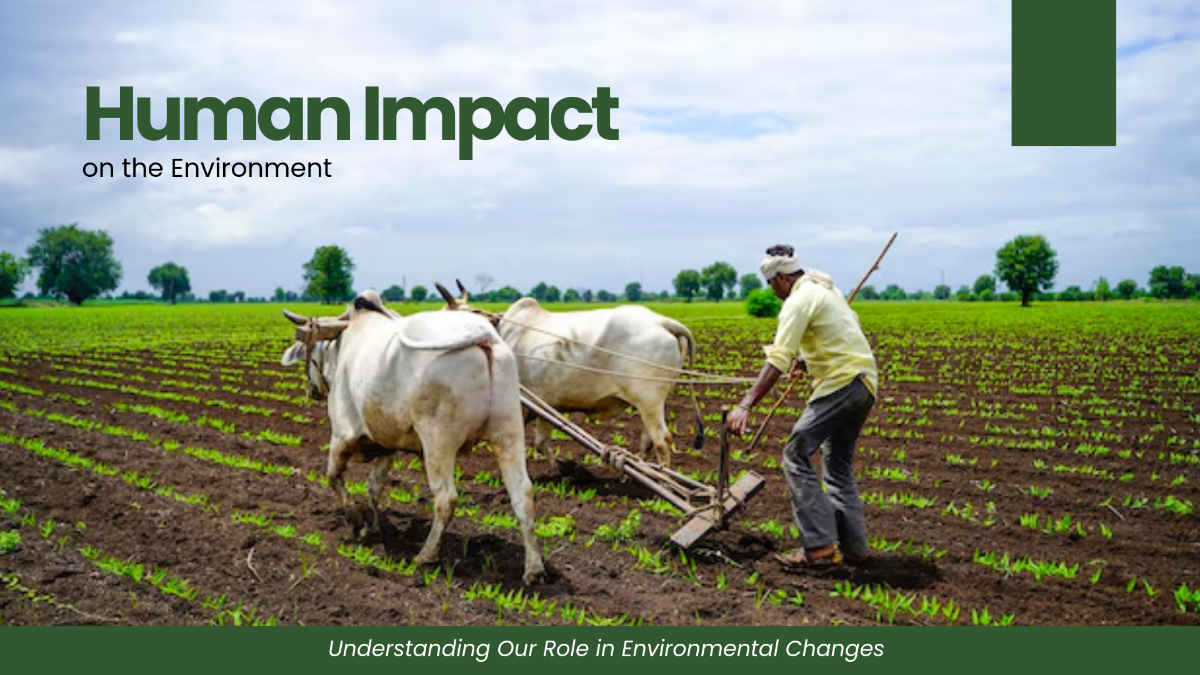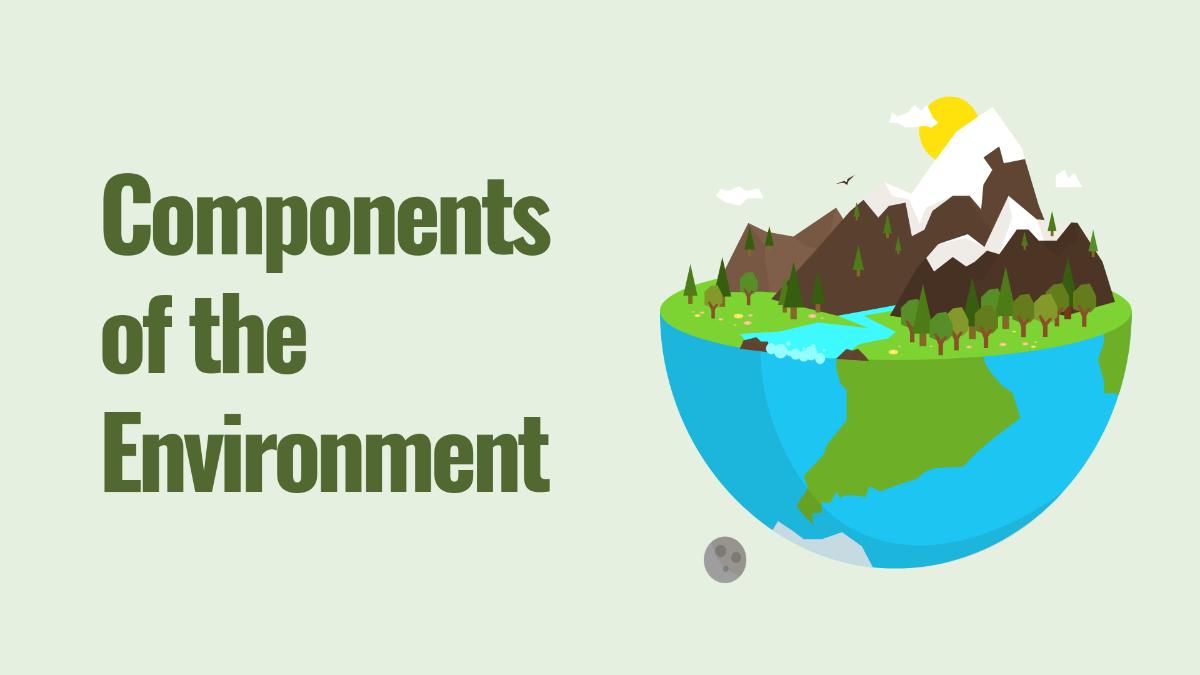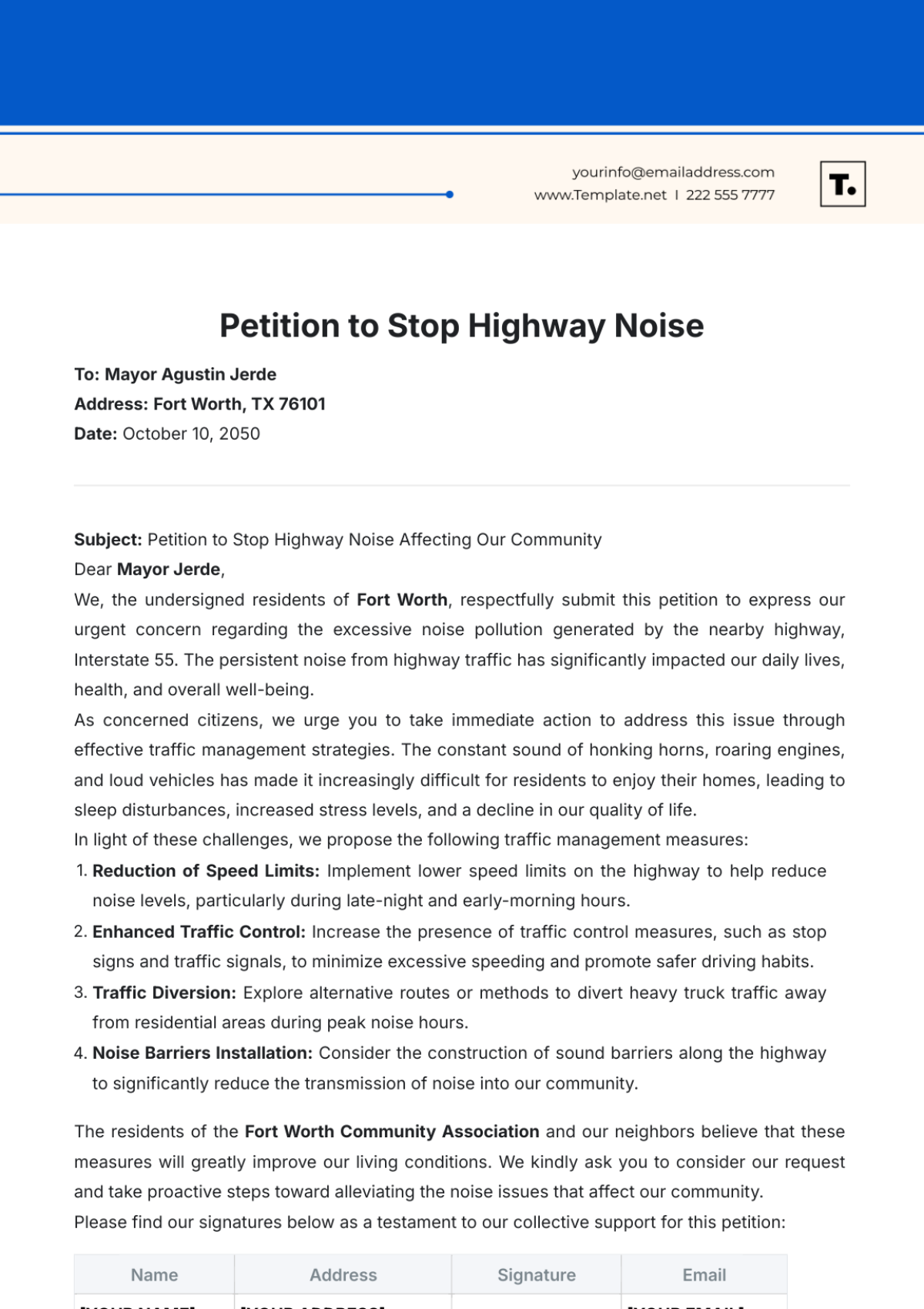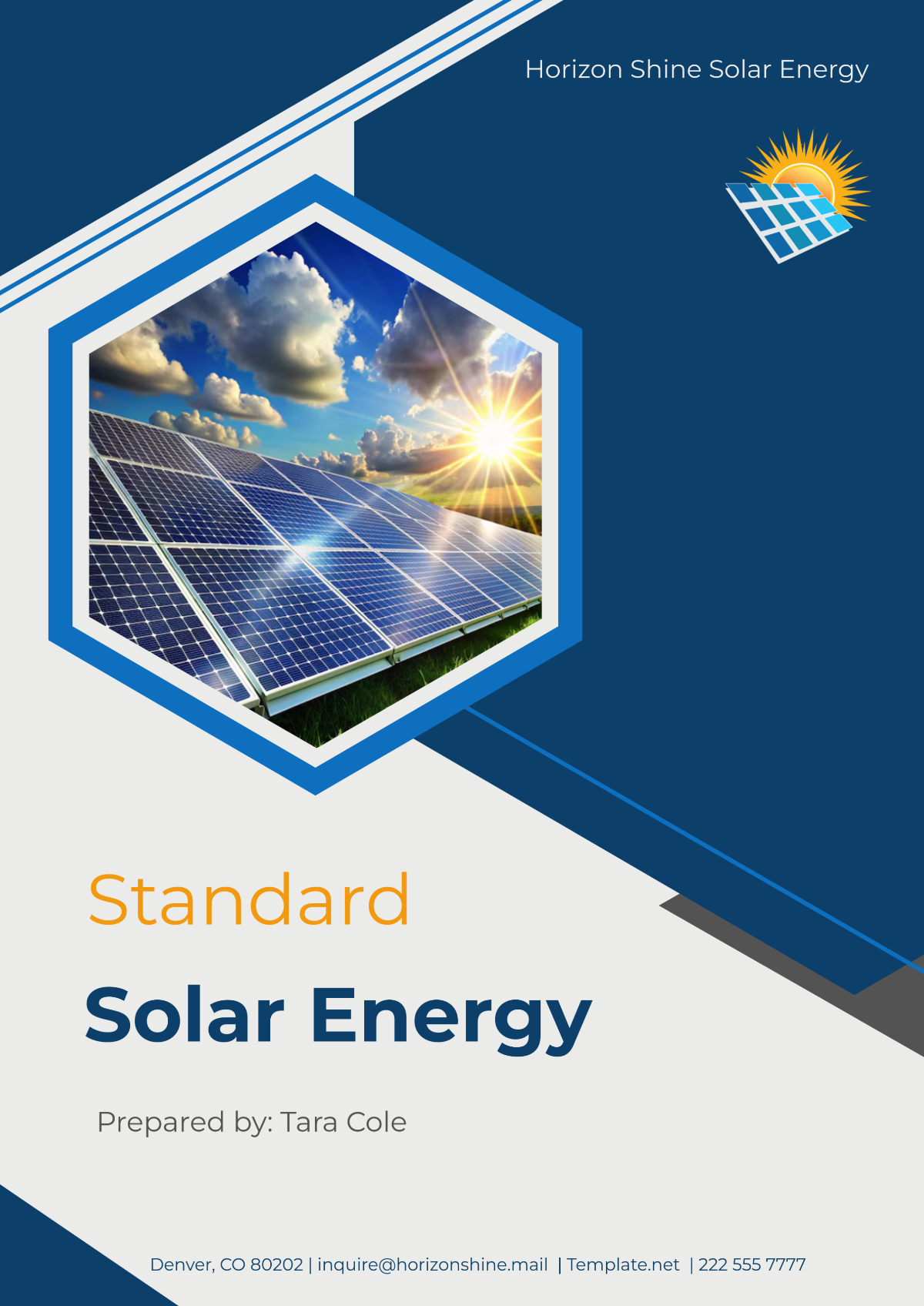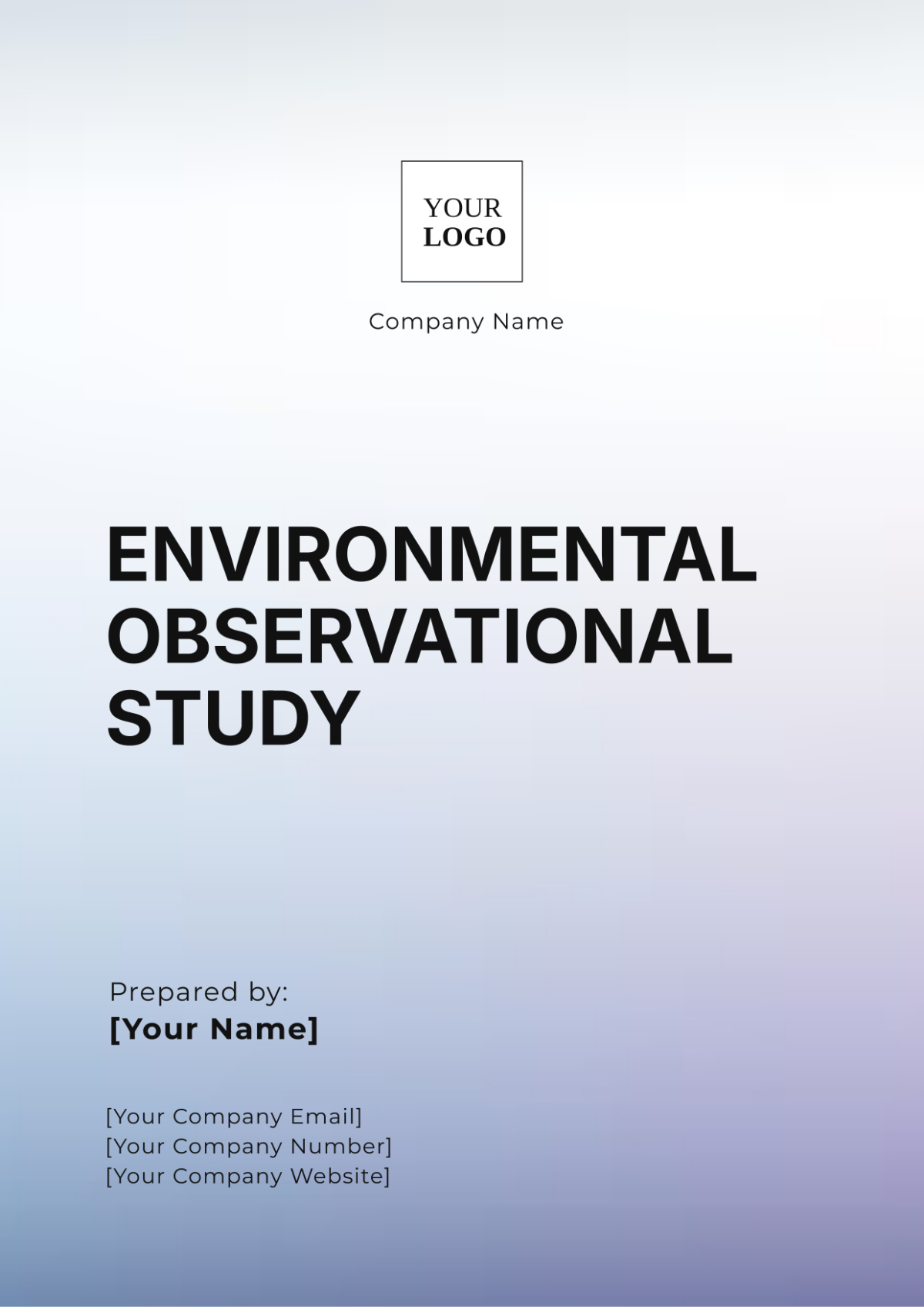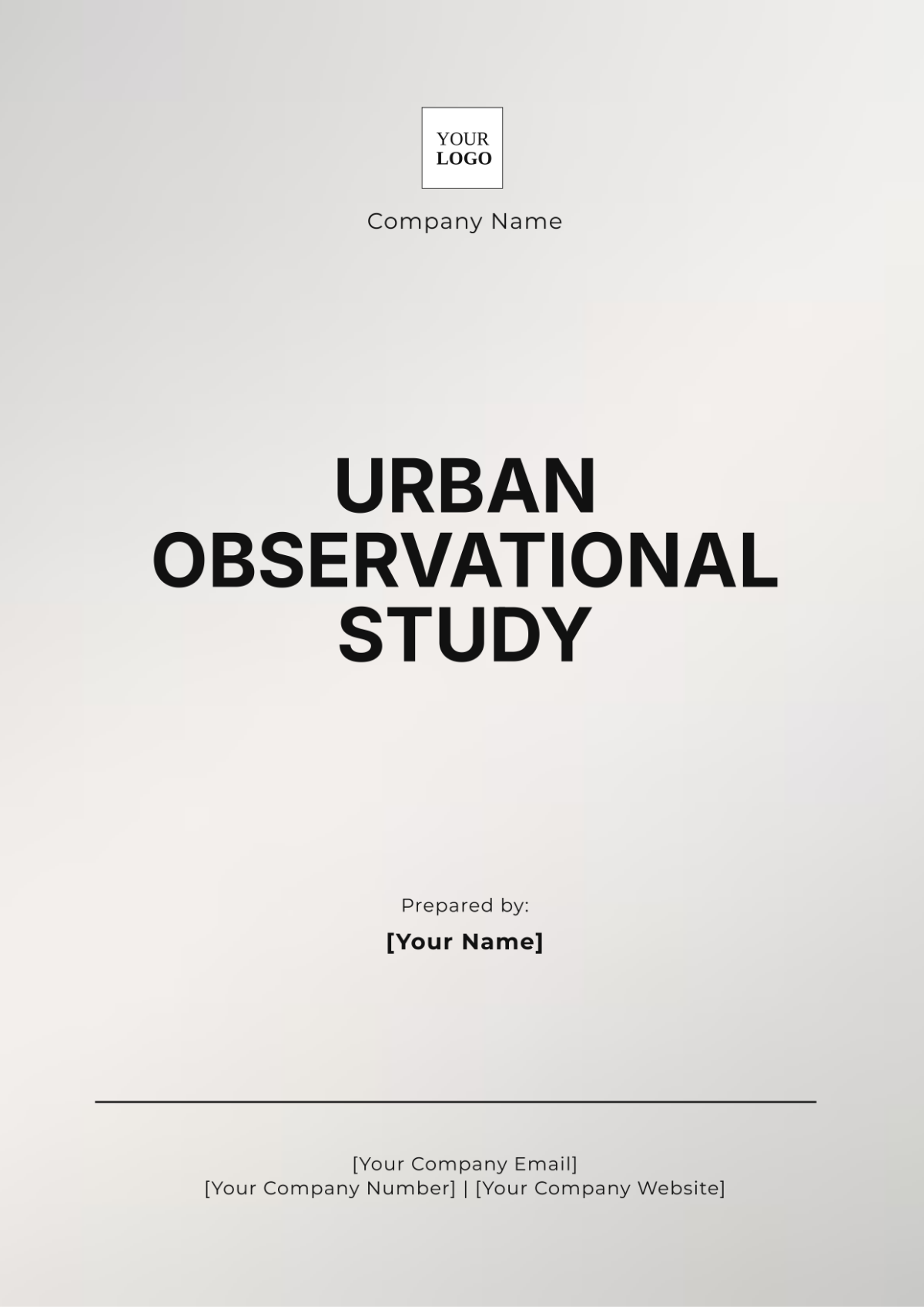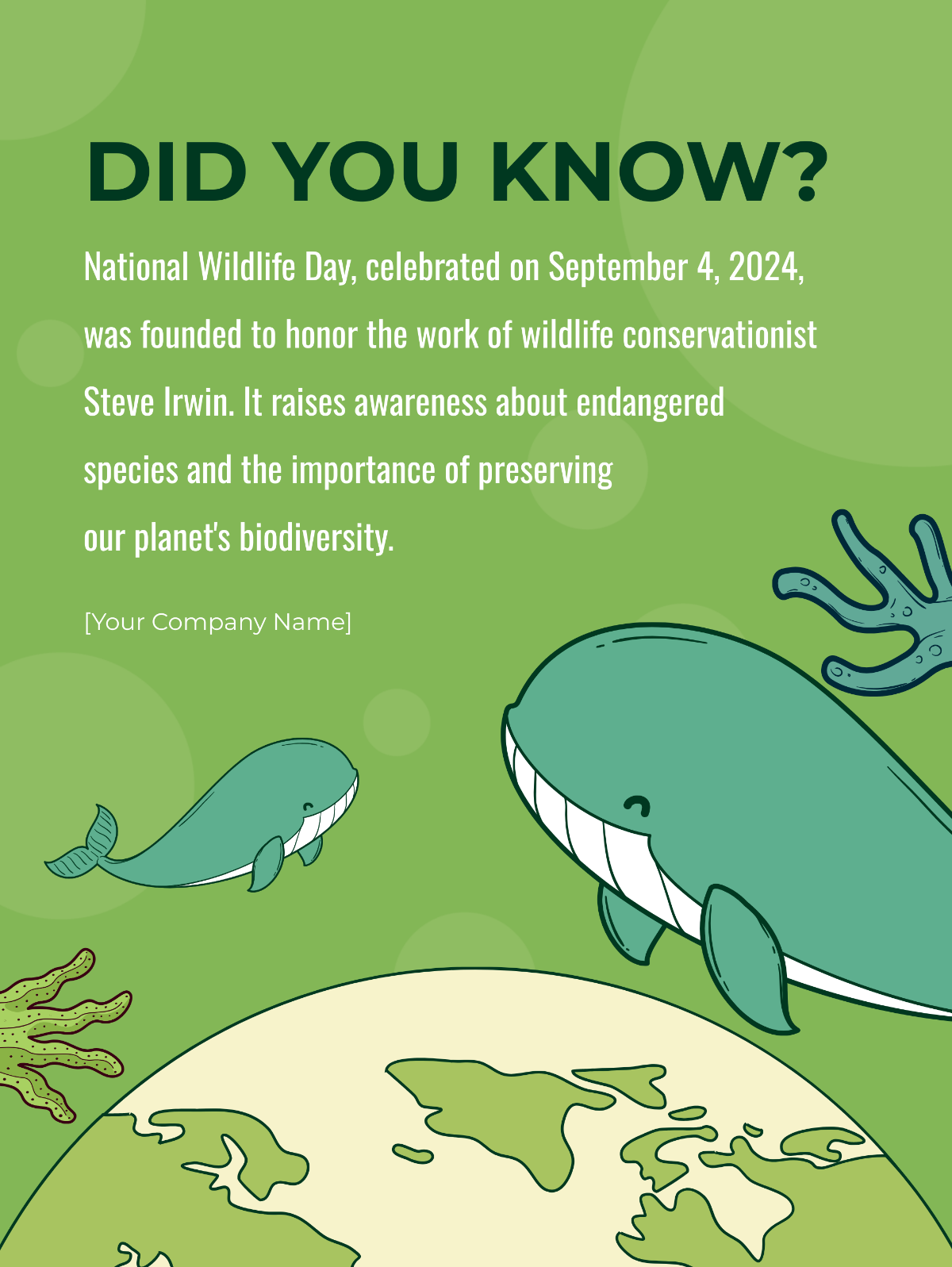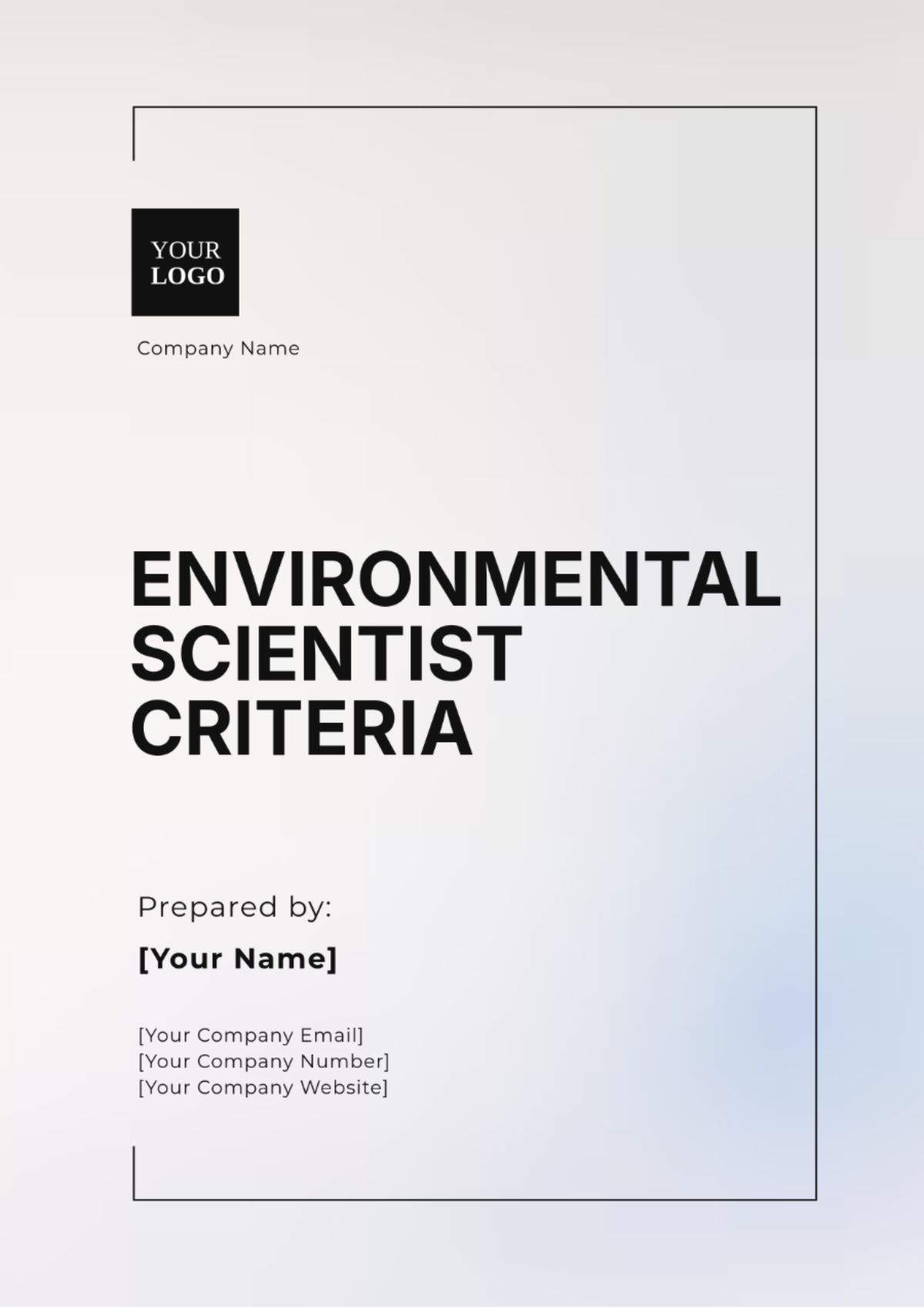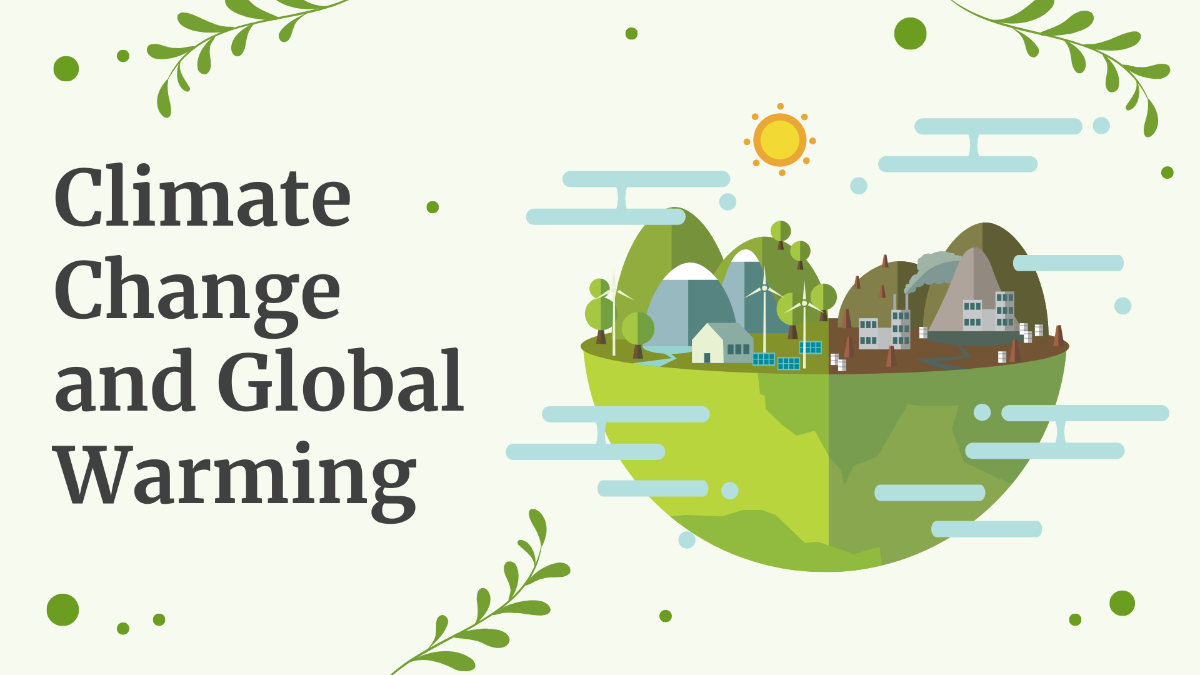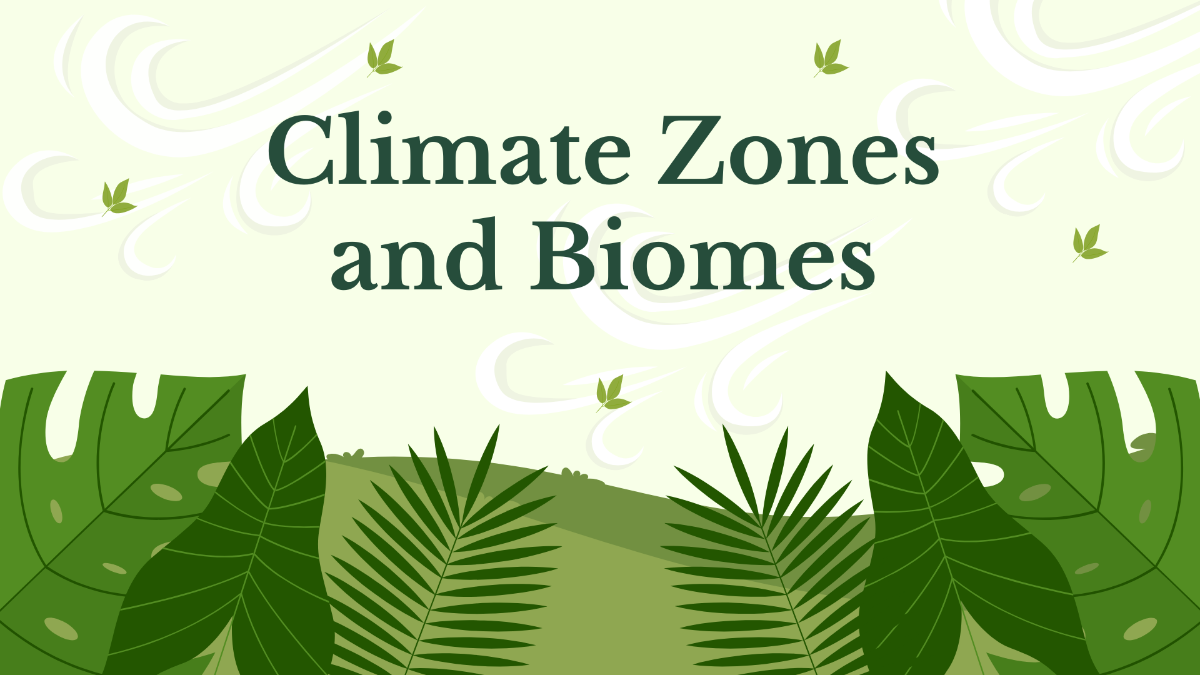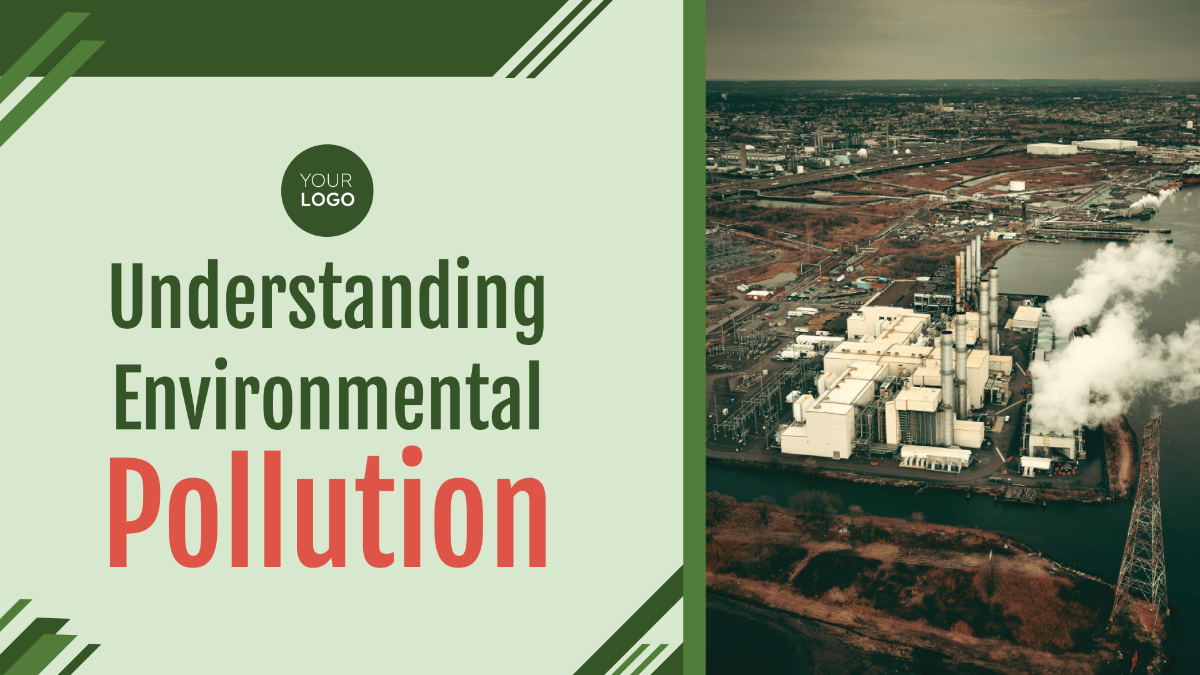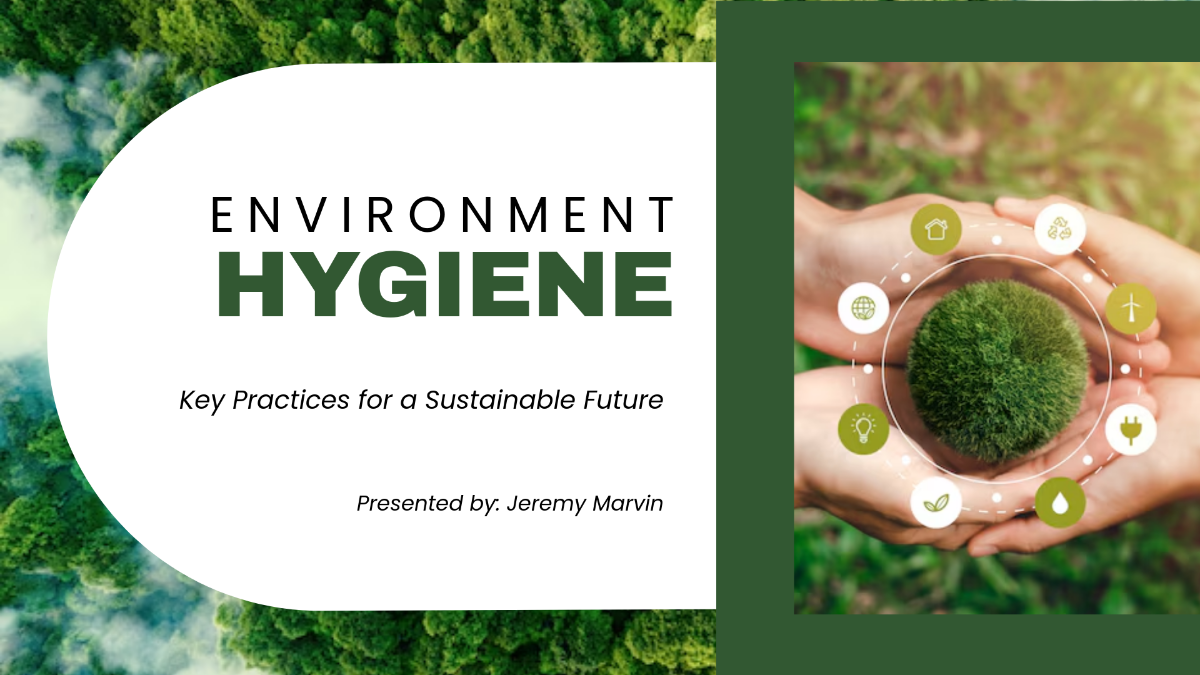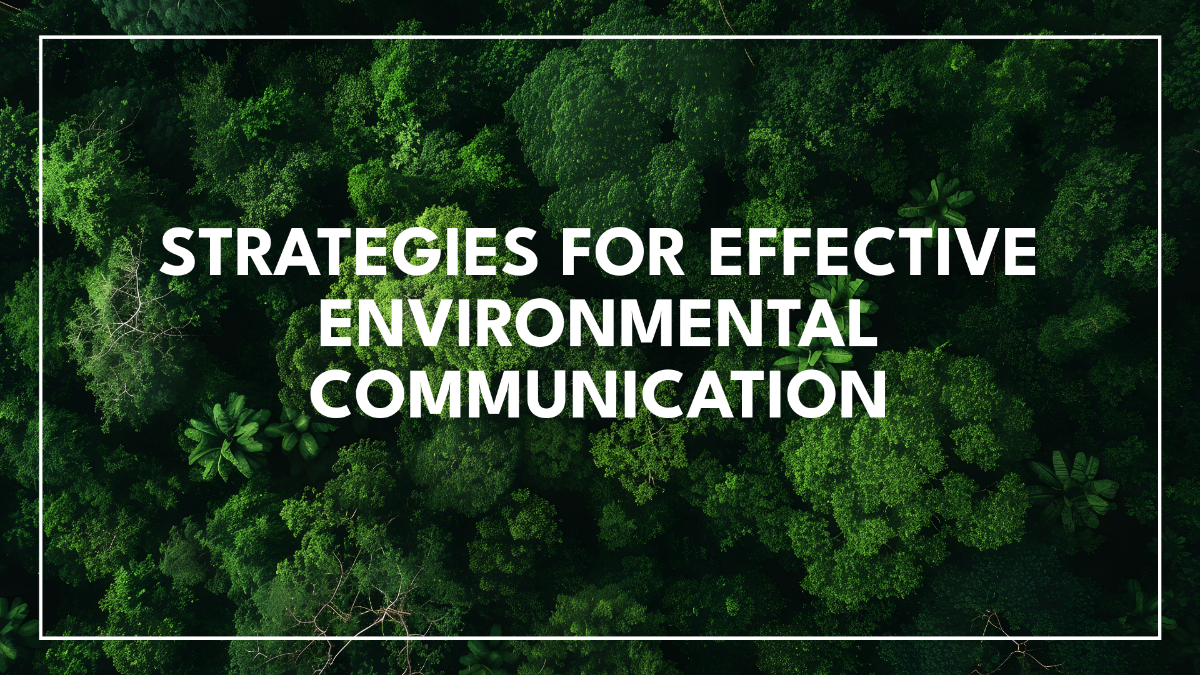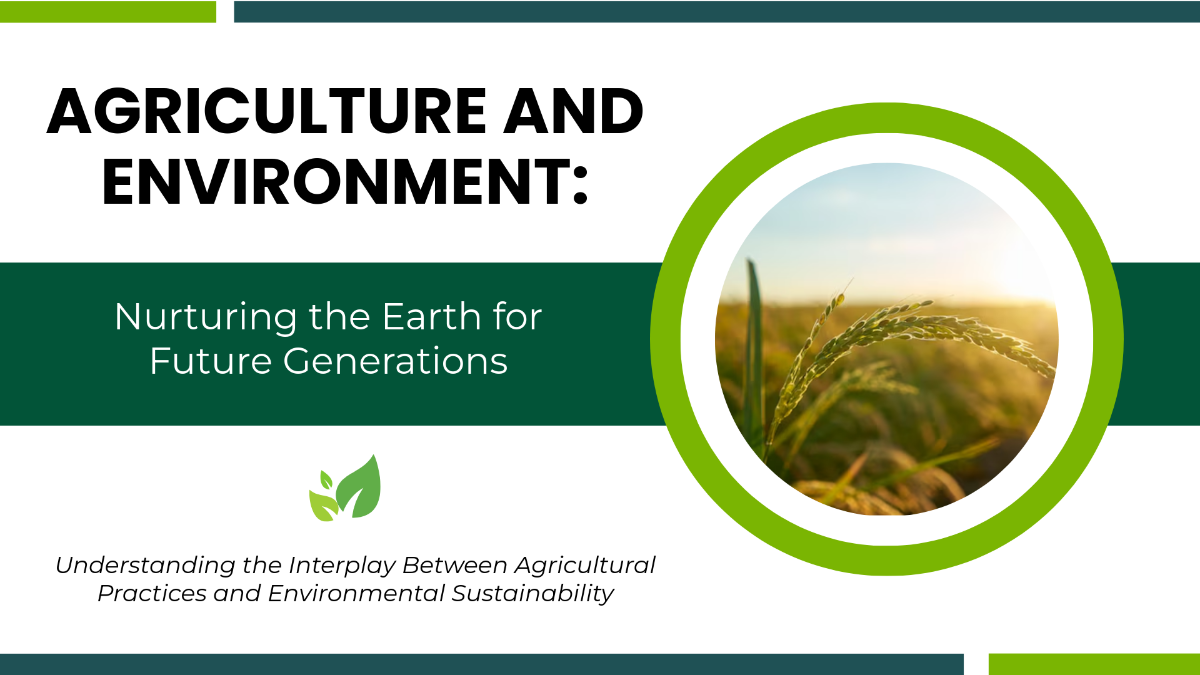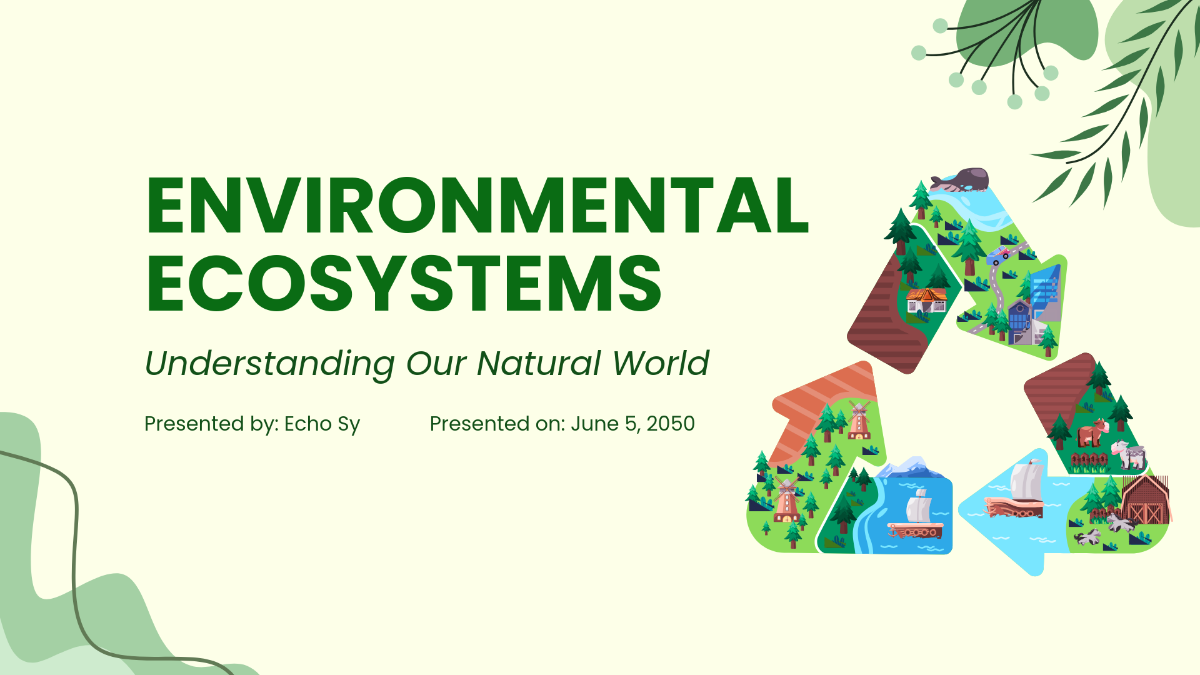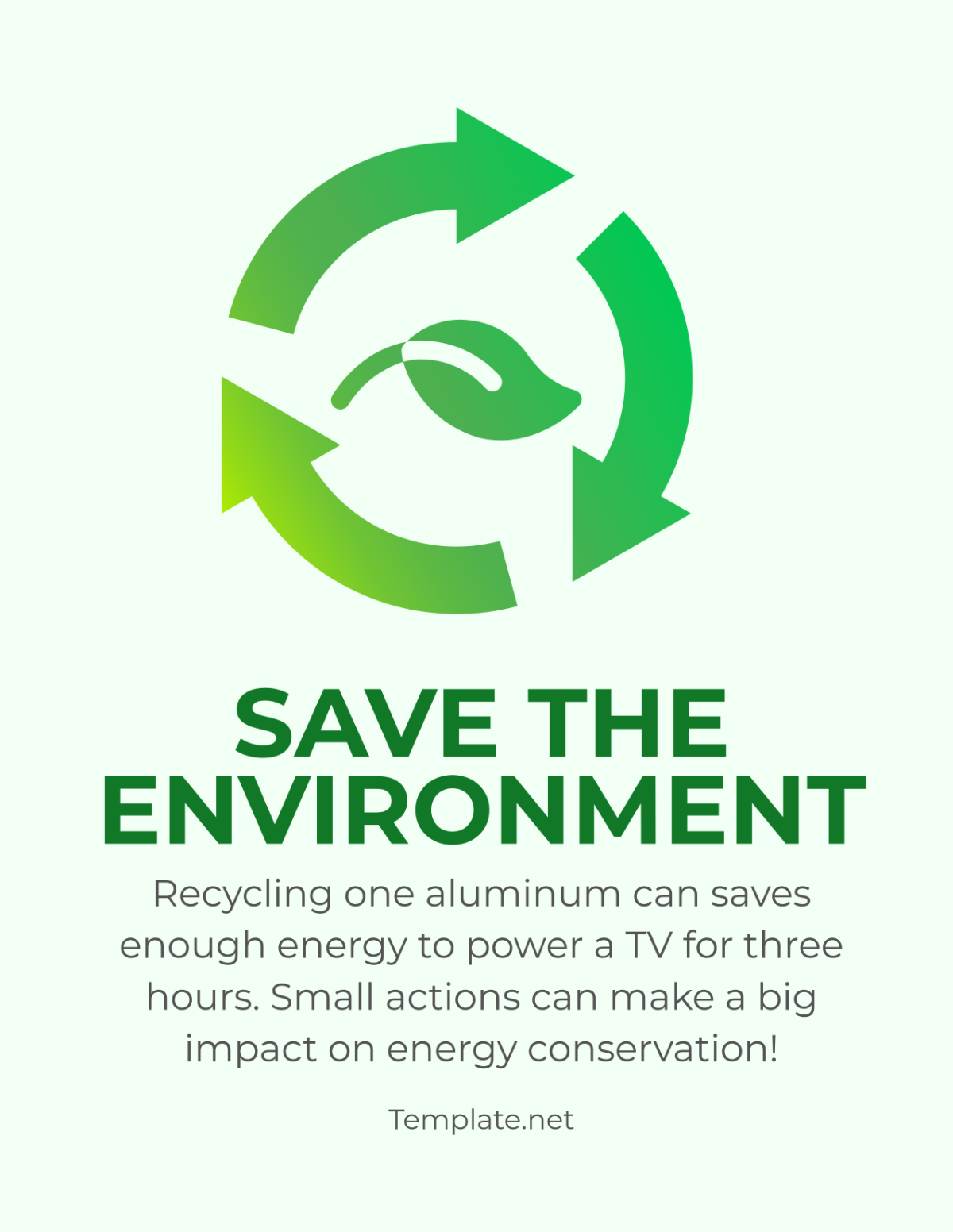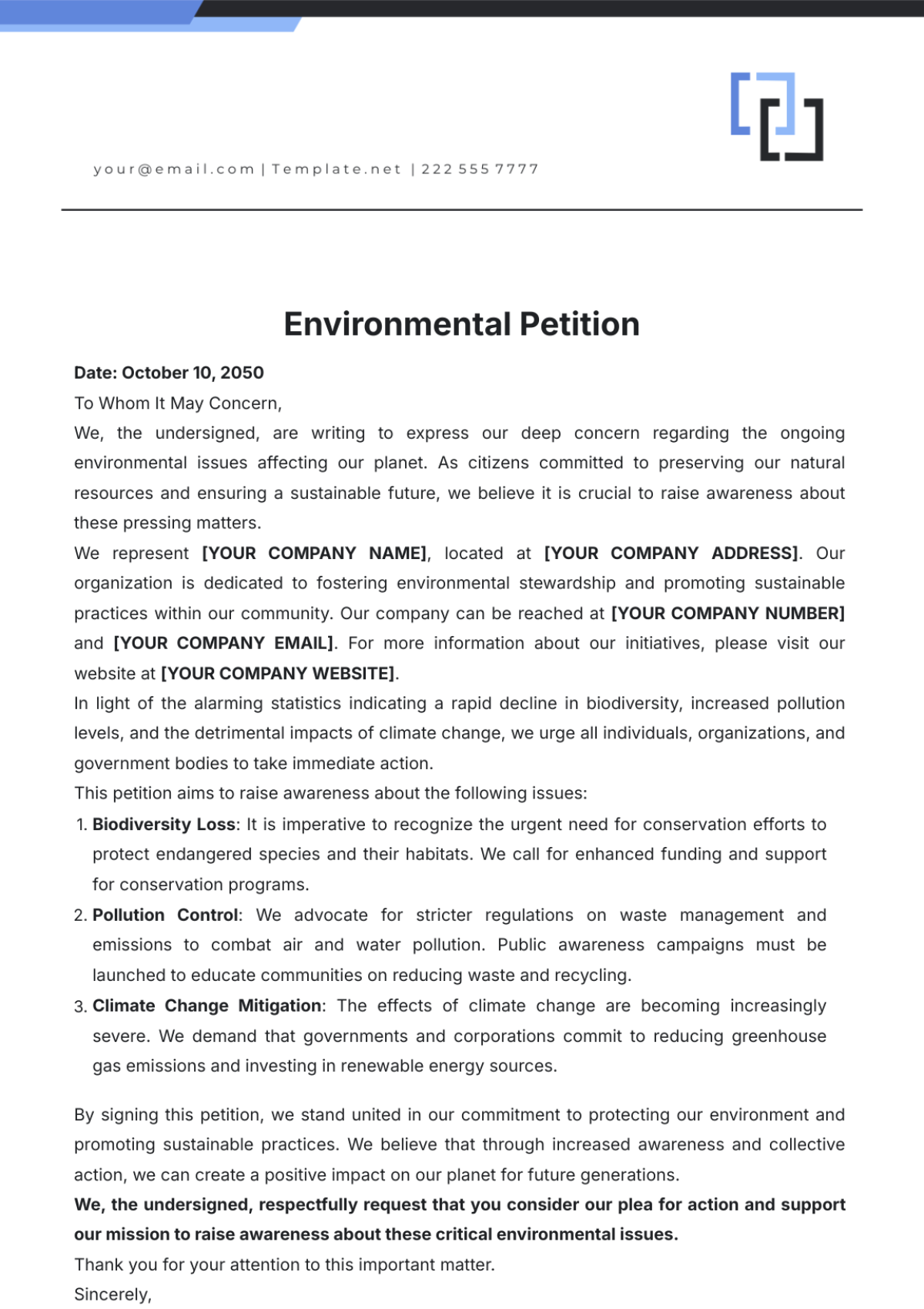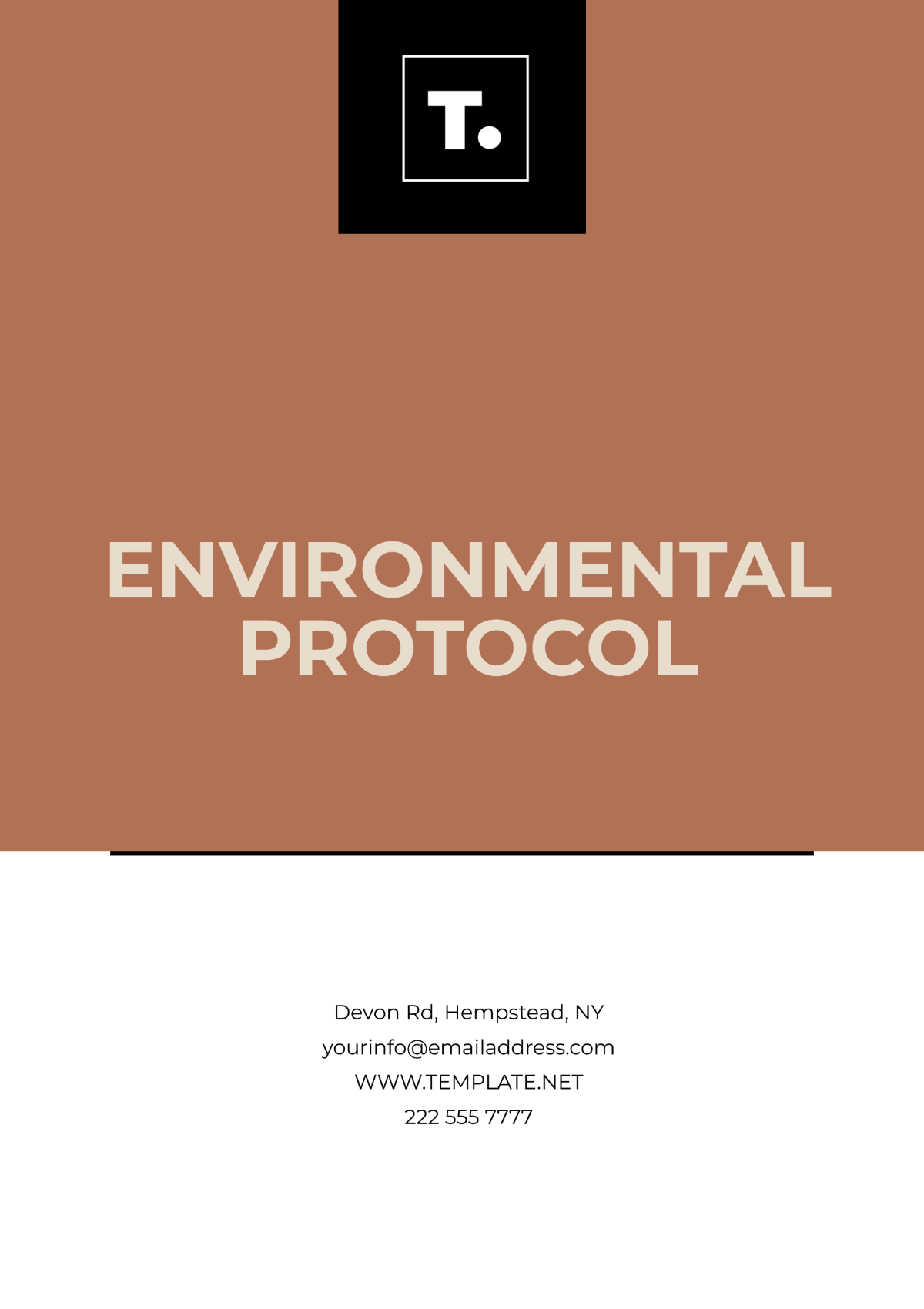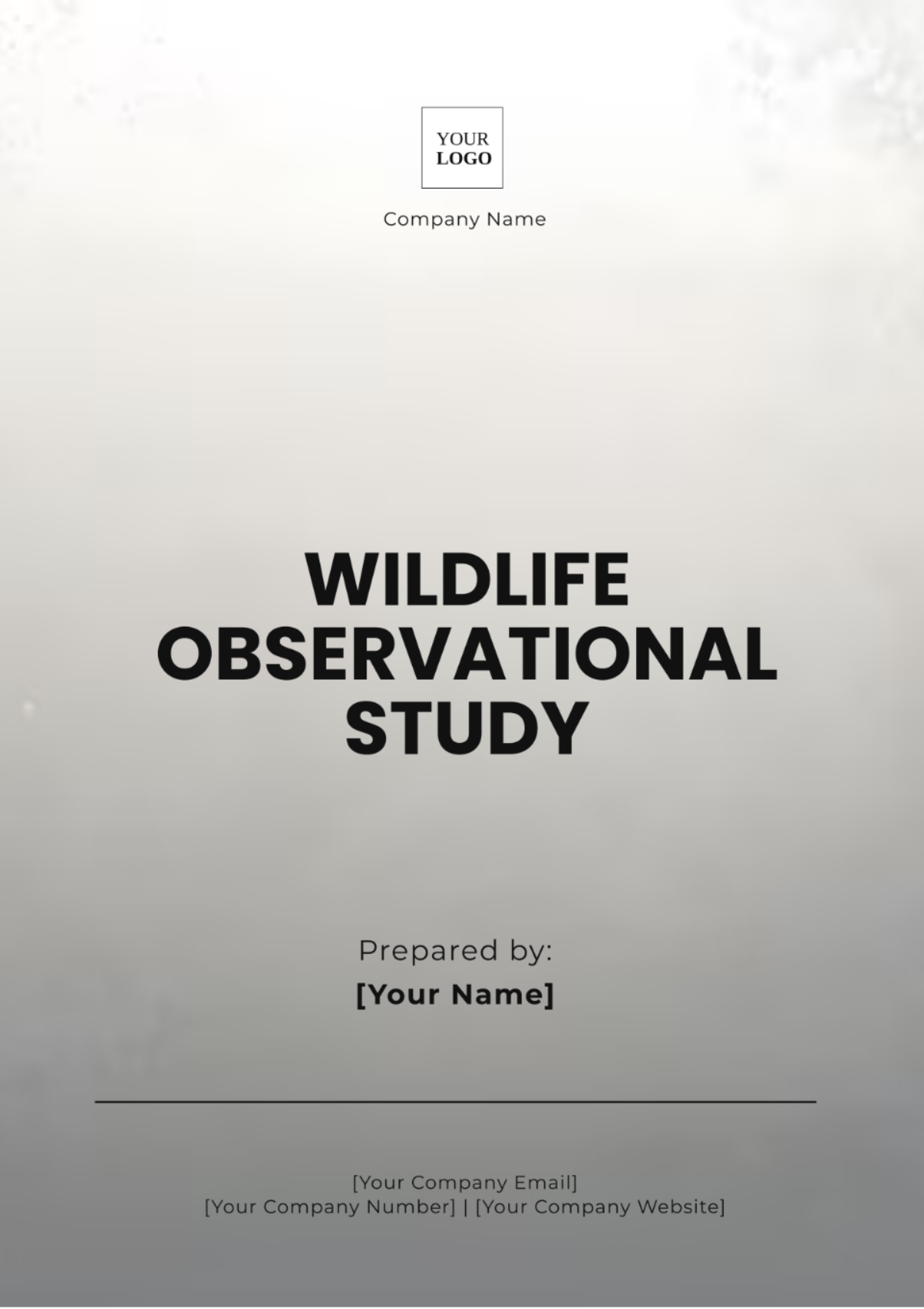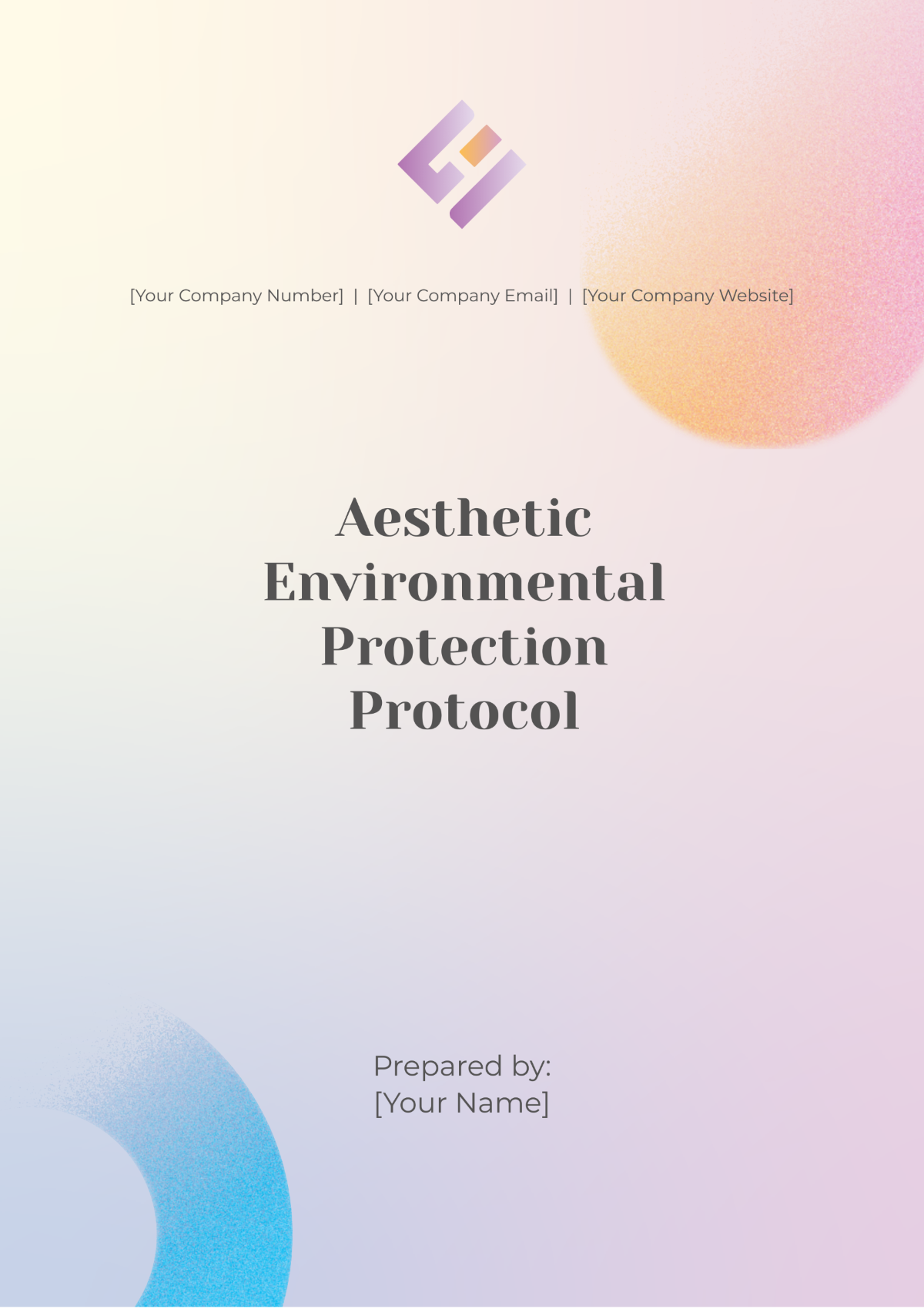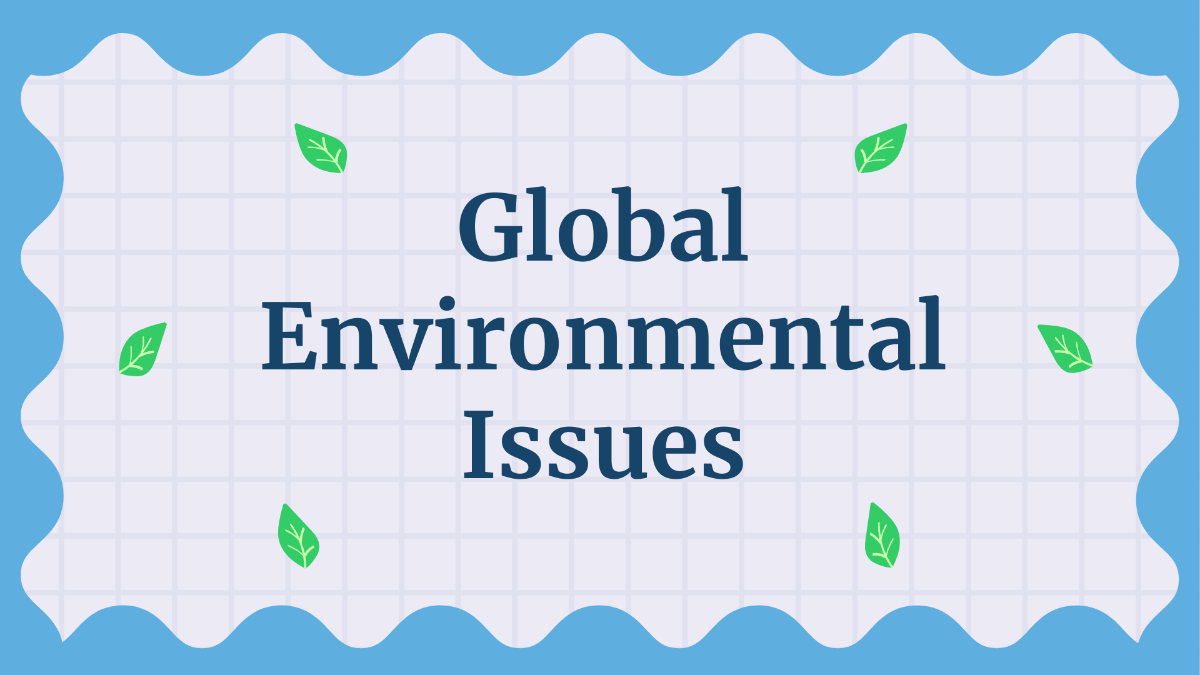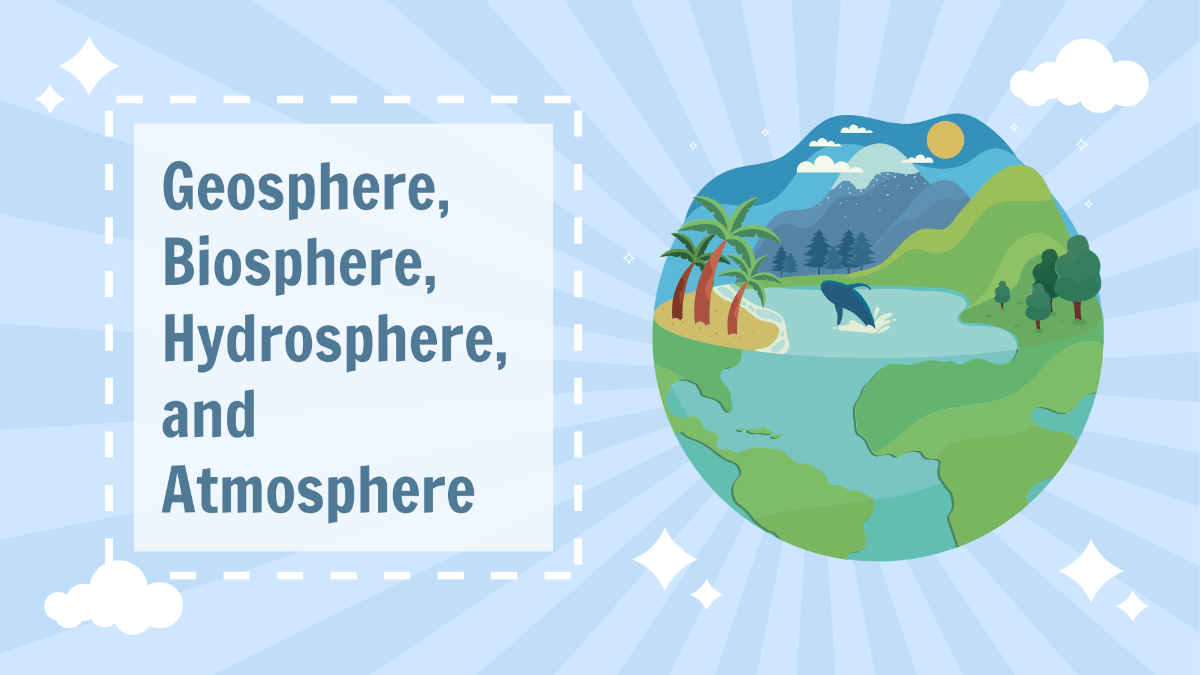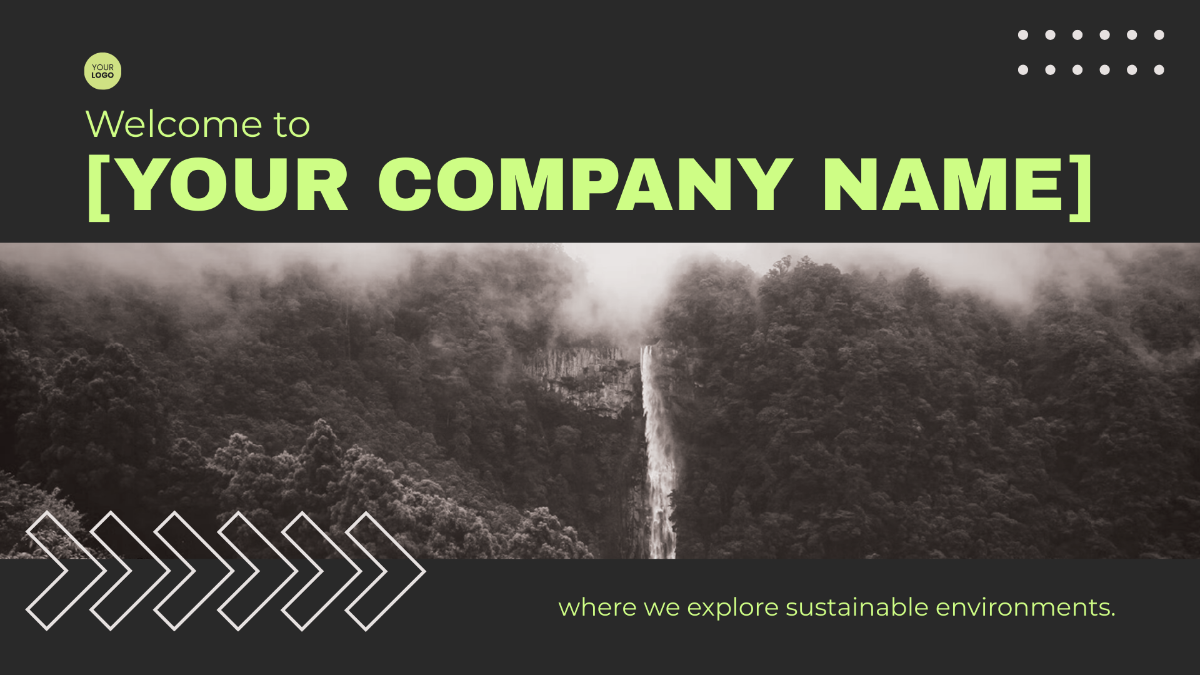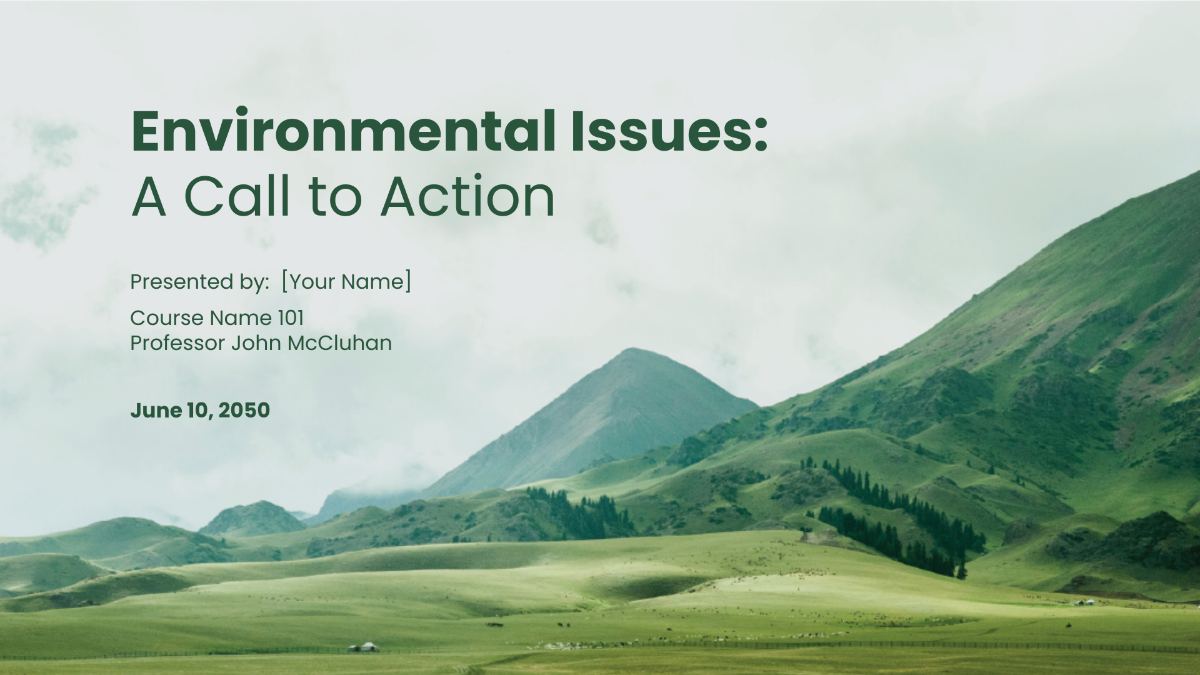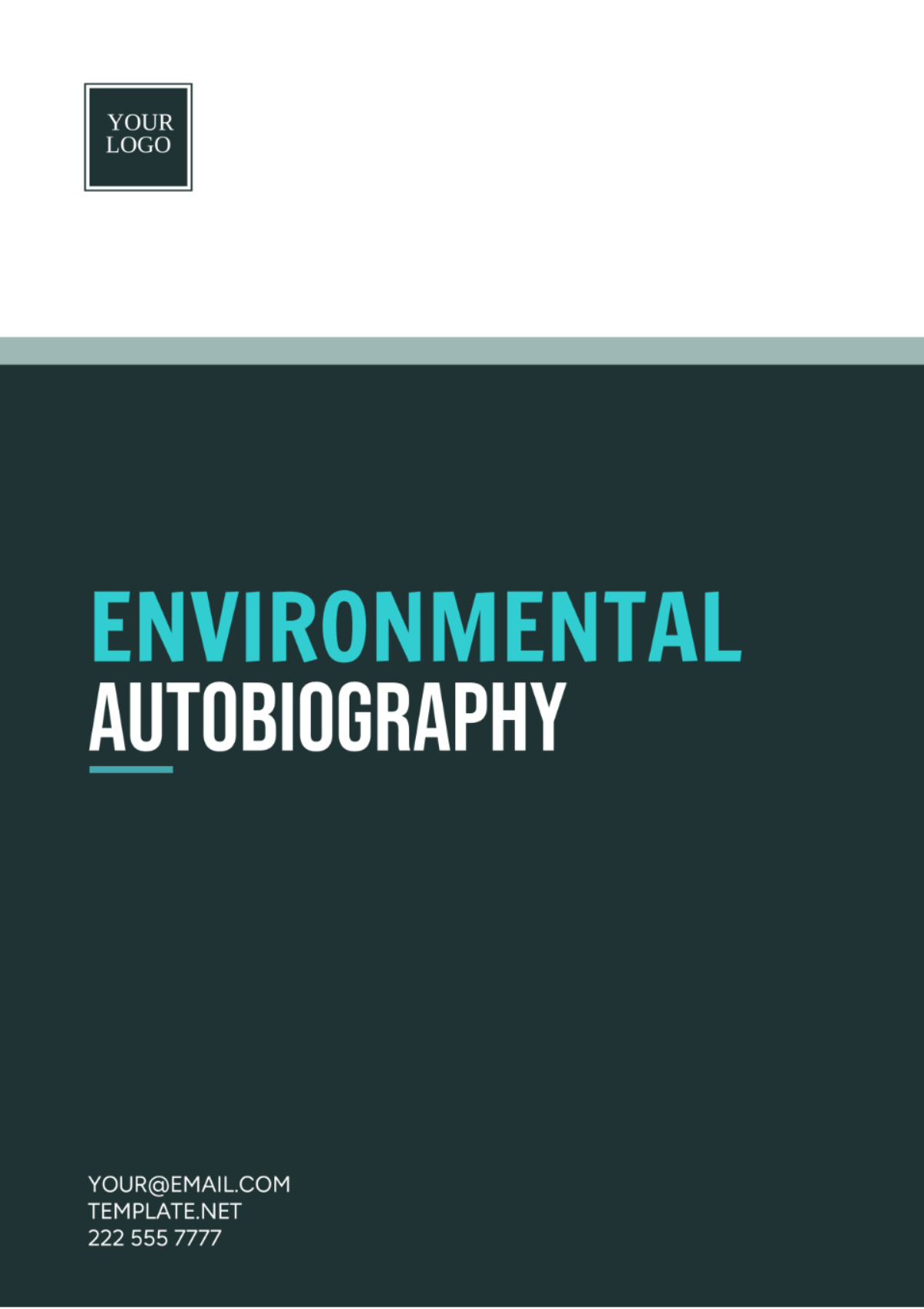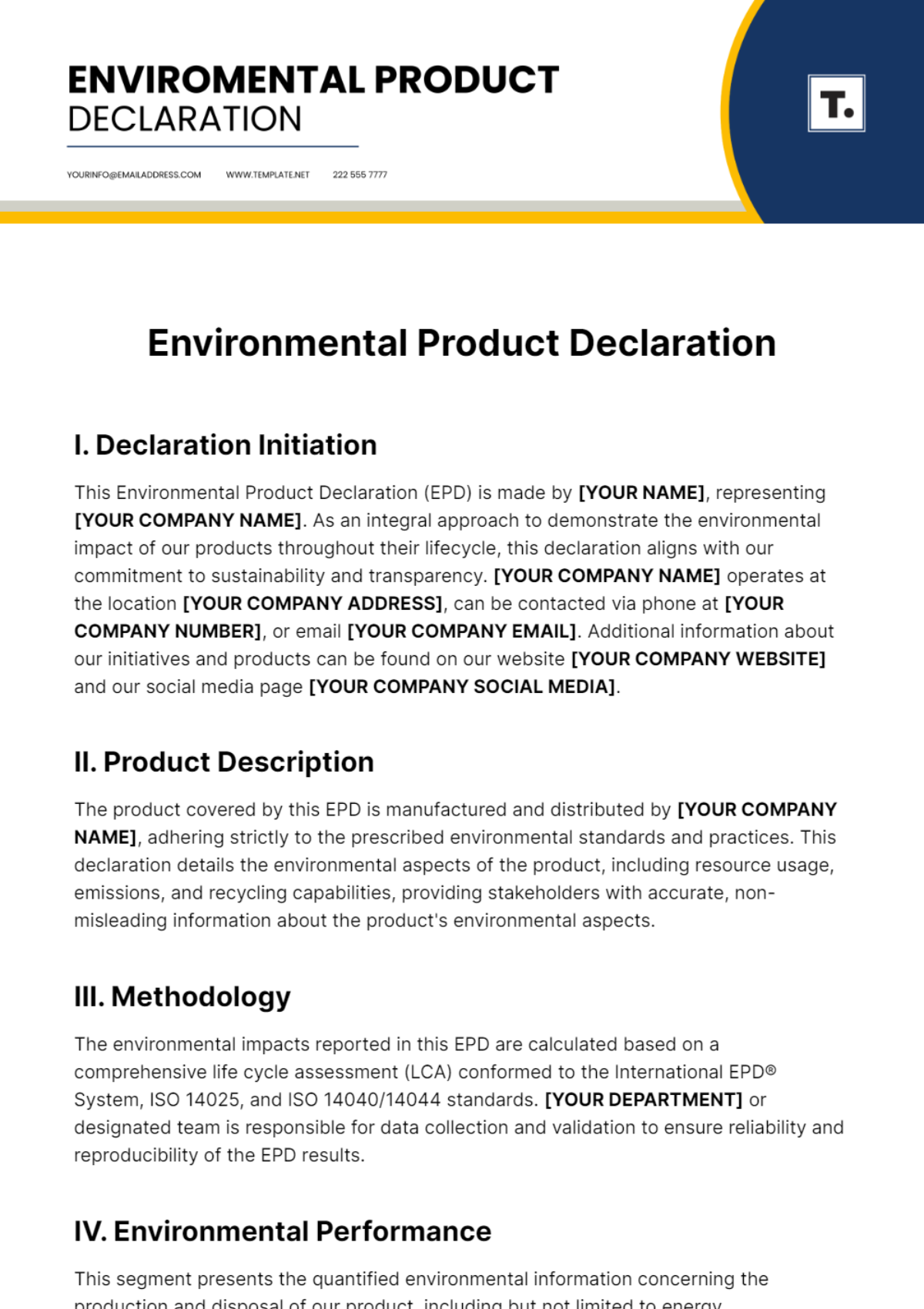Environmental Protocol
Prepared by: [YOUR NAME]
Contact: [YOUR EMAIL]
Pollution has become one of the most critical environmental challenges of the 21st century, threatening ecosystems, human health, and global sustainability. This protocol outlines specific measures and procedures for reducing pollution across air, water, and land, with a focus on sustainable practices and compliance with regulatory standards. The aim is to guide organizations, industries, and communities in adopting pollution control mechanisms that are both effective and environmentally responsible.
I. Scope of the Protocol
This Pollution Control Protocol is designed to regulate and manage pollution activities affecting air quality, water resources, and soil health within the jurisdiction of [YOUR COMPANY NAME]. The protocol will take effect on January 1, 2051, and will be subject to regular review and updates as needed, based on the environmental conditions and legal requirements at that time.
II. Key Objectives
The primary objectives of this protocol are as follows:
Minimization of Airborne Pollutants: Establish emission limits for carbon dioxide (CO2), sulfur dioxide (SO2), nitrogen oxides (NOx), and particulate matter (PM).
Water Pollution Prevention: Regulate industrial wastewater discharge and promote the treatment of pollutants before they enter water bodies.
Soil Contamination Control: Limit the release of hazardous chemicals, heavy metals, and other pollutants into the soil, ensuring long-term land usability.
Compliance with Environmental Laws: Align with international, national, and local pollution control regulations, ensuring [YOUR COMPANY NAME] meets or exceeds standards set forth by governing bodies.
III. Implementation Timeline
Milestone | Action | Responsible Party | Deadline | Status |
|---|---|---|---|---|
Initial Assessment | Conduct pollution level baseline study | [YOUR NAME] | February 15, 2051 | Pending |
Equipment Installation | Implement pollution control technology | Engineering Dept. | June 1, 2051 | Scheduled |
Staff Training | Provide pollution control training to employees | HR Department | August 12, 2051 | Pending |
Compliance Certification | Obtain required pollution control certifications | Legal & Compliance Dept. | December 1, 2051 | In Progress |
Annual Review | Conduct yearly review of pollution metrics | [YOUR NAME] | January 5, 2052 | Scheduled |
IV. Roles and Responsibilities
[YOUR COMPANY NAME]: Ensures the company meets all pollution control standards, providing the necessary resources to maintain compliance.
[YOUR NAME]: Leads the development and execution of the pollution control strategy, including assessments and reporting.
Engineering Department: Responsible for installing and maintaining pollution control systems.
Legal and Compliance Department: Oversees adherence to legal requirements and secures necessary certifications.
Human Resources Department: Organizes and facilitates staff training on pollution control measures.
V. Pollution Control Measures
Air Pollution Control: Installation of air scrubbers, catalytic converters, and other emissions-reducing technologies. Continuous air quality monitoring will be implemented, with an initial baseline study completed by February 15, 2051.
Water Treatment Systems: Industrial wastewater will undergo multi-stage filtration and purification processes before being discharged. This ensures that water pollution is minimized and legal discharge limits are not exceeded.
Waste Management: Solid waste generated by industrial processes will be sorted, recycled, and disposed of in compliance with environmental laws. Hazardous waste will be handled and treated as per international standards to prevent soil and water contamination.
VI. Monitoring and Reporting
Regular monitoring of pollution levels will be conducted across all operational sectors. Monthly reports will be submitted to the Legal and Compliance Department, with a full annual report due on December 15, 2051. These reports will be reviewed by upper management to assess ongoing compliance and determine any necessary adjustments to pollution control systems.
VII. Enforcement and Penalties
Non-compliance with this protocol will result in immediate internal investigation and potential penalties, including suspension of operations in the affected area until the issue is resolved. Penalties will be determined based on the severity of the breach, as outlined in [YOUR COMPANY NAME]’s environmental policy.
VIII. Review and Updates
This protocol will undergo an annual review process. The next review is scheduled for January 5, 2052. During this review, adjustments may be made to address technological advances, changes in legal requirements, or improvements in pollution control strategies.
By following this Pollution Control Protocol, [YOUR COMPANY NAME] aims to not only meet regulatory standards but also to set an example for environmental stewardship and sustainability in the industry. Through a commitment to pollution control and continuous improvement, we will contribute to a healthier environment and a sustainable future.
